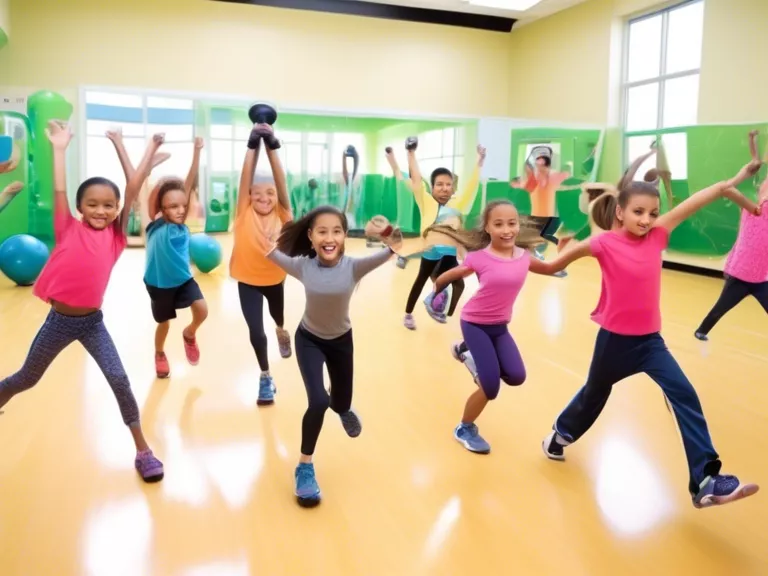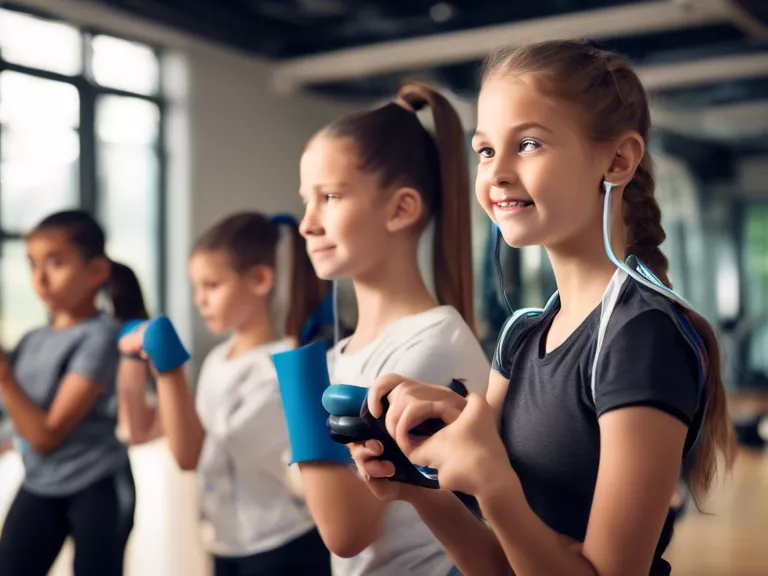
Introduction
In recent years, there has been a growing emphasis on incorporating health and fitness into the classroom setting. This shift reflects a broader recognition of the importance of physical activity and overall well-being in promoting academic success and lifelong health. With innovative approaches and technologies, educators are revolutionizing classroom health fitness to create a more engaging and effective learning environment.
Benefits of Classroom Health Fitness
Improved Academic Performance
Research has shown that regular physical activity can lead to improved cognitive function, concentration, and academic performance among students. By integrating fitness activities into the classroom routine, educators can help students stay focused and alert, ultimately enhancing their learning outcomes.
Promoting Healthy Habits
By exposing students to health and fitness concepts early on, educators can instill lifelong healthy habits. Teaching children the importance of regular exercise, good nutrition, and overall well-being can have a lasting impact on their physical and mental health.
Enhanced Social Skills
Incorporating group fitness activities in the classroom can foster teamwork, communication, and social skills among students. Working together towards a common fitness goal encourages collaboration and camaraderie, creating a positive and supportive classroom environment.
Innovative Approaches to Classroom Health Fitness
Gamification
Utilizing gamification strategies, such as fitness challenges, rewards systems, and interactive apps, can make fitness activities more engaging and fun for students. By turning physical activity into a game, educators can motivate students to participate actively and track their progress.
Active Learning Stations
Integrating standing desks, stability balls, and other active learning stations into the classroom can help reduce sedentary behavior and promote movement throughout the day. These alternative seating options encourage students to engage their muscles, improve posture, and stay energized during lessons.
Fitness Breaks
Implementing short fitness breaks throughout the school day can help students recharge, refocus, and release pent-up energy. Quick exercises, stretches, or dance routines can provide a much-needed break from academic tasks and promote physical activity in a fun and inclusive way.
Technology Integration
Fitness Trackers
Wearable fitness trackers and mobile apps can help students monitor their activity levels, set goals, and track their progress over time. By incorporating technology into classroom health fitness programs, educators can empower students to take ownership of their health and well-being.
Virtual Fitness Classes
Bringing virtual fitness classes and online resources into the classroom allows students to access a variety of workouts and wellness activities. Whether it's yoga, dance, or strength training, virtual fitness classes offer flexibility and diversity in promoting physical activity.
Conclusion
Revolutionizing classroom health fitness is a multifaceted approach that combines traditional teaching methods with innovative strategies and technologies. By prioritizing the physical and mental well-being of students, educators can create a more dynamic and supportive learning environment that promotes academic success and lifelong health. Embracing these changes and integrating health fitness into the classroom can have a lasting impact on the overall well-being of students.

